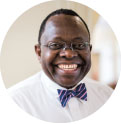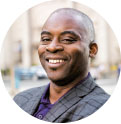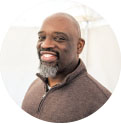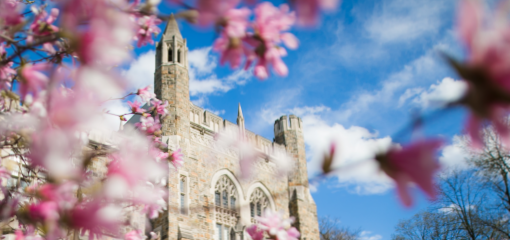Peter Likins, former Lehigh president: We need to understand the context and the culture of the university in 1989. Lehigh is a very different place [today] than it was 30 years ago.
Henry Odi ’98G, then associate director of residential services: There were problems. Our minority students didn’t feel that this campus was welcoming.
Leon Caldwell ’91 ’93G, student catalyst: I remember The Brown and White newspaper saying that our freshman year was the largest class [Lehigh] had at the time. It was about 1,200 students. And we were the largest class of minorities it had.
In the September 1987 article, the student newspaper reported that 10 percent of the Class of 1991, or 127 students, were minorities. Of that number, less than 50 students were African American and Hispanic. So you can imagine being that small in number on a campus that was now boasting its largest number of students. ... There was a sense of competing with privilege, this whole notion of imposter syndrome, like you-don’t-belong-here kind of thing.
Donn Worgs ’91, house president: We expected to be in the minority, but it was a very different kind of experience [than Milton Hershey School, where he attended high school]. Definitely more isolating. … You also just accepted that, in this space, we’re on the margin. We’re not really a part of this. We’re just kind of on the side, watching what other folks do.
Likins: The trustees, when they hired me as president, knew that my wife and I had adopted six kids—black, white and brown, all born in California in the 1960s. And so they knew or they should have known that I could not accept the status quo at Lehigh. Through a variety of ways, we went to work trying to recruit minorities. And it was an uphill battle.
Likins appointed two Presidential Commissions: a Commission on Minorities and a Commission on Women, which were charged with examining and making recommendations to improve the quality of life for African Americans, Hispanic Americans and women at Lehigh.
Kashi Johnson ’93: I remember my freshman year. There were seven African American women in the incoming class [fall 1989]. … One day I was walking on campus, and I had cut going to a calc[ulus] class. I was walking on the University Walk, right in front of Whitaker and Chandler-Ullmann, and my professor stopped me and said, You weren’t in class last week. And that was a class of 400 people.
I knew that I wasn’t there. He was right.
It just showed me, in that moment, that there was no anonymity. It was a very different place. So in that regard, Lehigh takes some navigating when you’re not allowed or expected or given the freedom to just fade into the crowd, so to speak.

Peter Likins

Henry Odi

Leon Caldwell ’91 ’93G

Donn Worgs ’91

Kashi Johnson ’93

Peter Likins

Henry Odi

Leon Caldwell ’91 ’93G

Donn Worgs ’91

Kashi Johnson ’93



